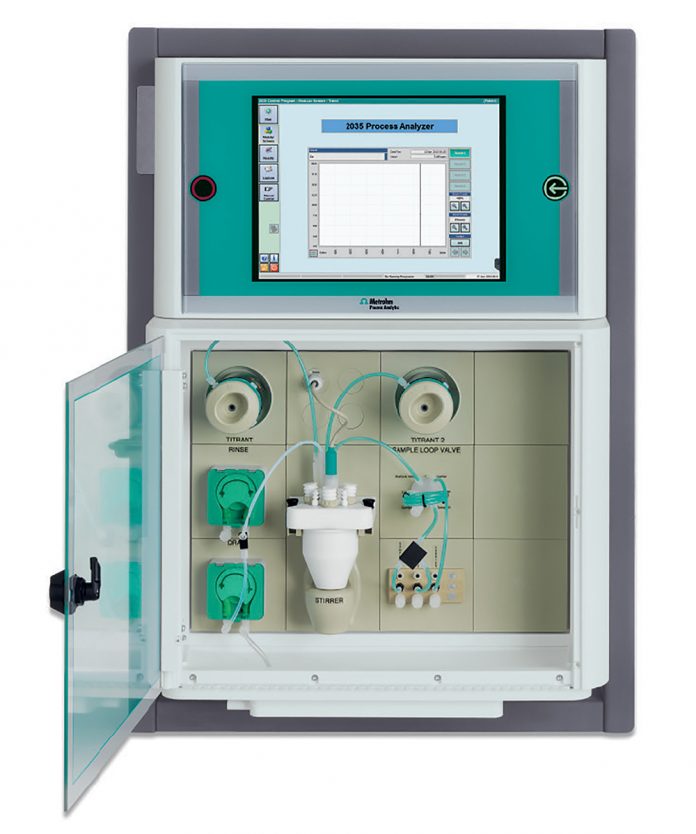The abundance of phosphorus compounds in wastewater is problematic. Elemental phosphorus is highly reactive and thus binds easily to oxygen, forming phosphates (orthophosphates o-PO4, polyphosphates, and organic phosphates).
Phosphates in water sources can come from minerals, detergents, agricultural (fertilizer) runoff, and other anthropogenic influents. Environmental agencies have strict regulations regarding industrial phosphate emissions. Total phosphate phosphorus (TP) is a plant nutrient, which in high concentrations in surface waters can lead to eutrophication (overfertilization). For biological sewage and wastewater treatment, the bioavailable o-phosphate phosphorus (o-PO4-P) is necessary for the bacteria to live, but this can be detrimental to rivers and lakes. An increase in these nutrients fosters growth which depletes dissolved oxygen and kills fish, or even introduces harmful toxins (algal blooms). Phosphorus removal is therefore essential in wastewater treatment plants to ensure the environmental balance is not harmed by discharged effluent.
Most phosphorus in treated wastewater is bound into other filterable forms and removed as precipitated sludge. Chemical treatment with Ca, Al, and/or Fe for coagulation can be costly and slow, allowing biological treatment to rise in popularity over the last decade. In the treatment facility it is important to know the o-PO4-P concentration in the influent stream either to feed the bacteria or to calculate the amount of reagents needed for chemical treatment. For environmental compliance monitoring purposes, treated effluent is monitored for TP—the sum of all insoluble and dissolved phosphates present. TP is not useful for identifying the origin of the phosphorus within a process, only for overall monitoring and wastewater compliance purposes.
The 2035 TP Analyser from Metrohm Process Analytics can keep track of both o-PO4-P and TP around the clock. With direct colorimetric applications, only o-PO4-P is measured in a sample. TP can be determined by digesting the sample with heat, an oxidizing agent, and acid before performing the photometric measurement on the freed o-PO4-P. To monitor both o-PO4-P and TP according to EN ISO 6878, a compact digestion cuvette photometer module is used. Multiple sample streams can be connected to the 2035 TP Analyser, allowing complete control over the phosphorus treatment process. The analyser can send alarms for peak concentrations, saving bacteria, or notifications if regulation limits are exceeded.
Learn more about Metrohm Process Analysers




